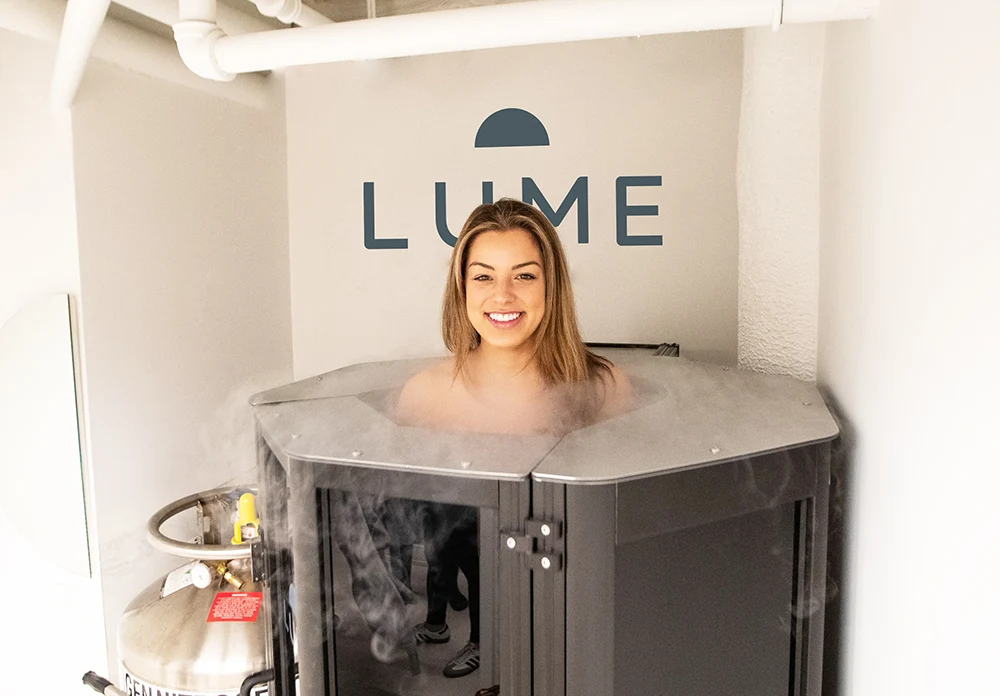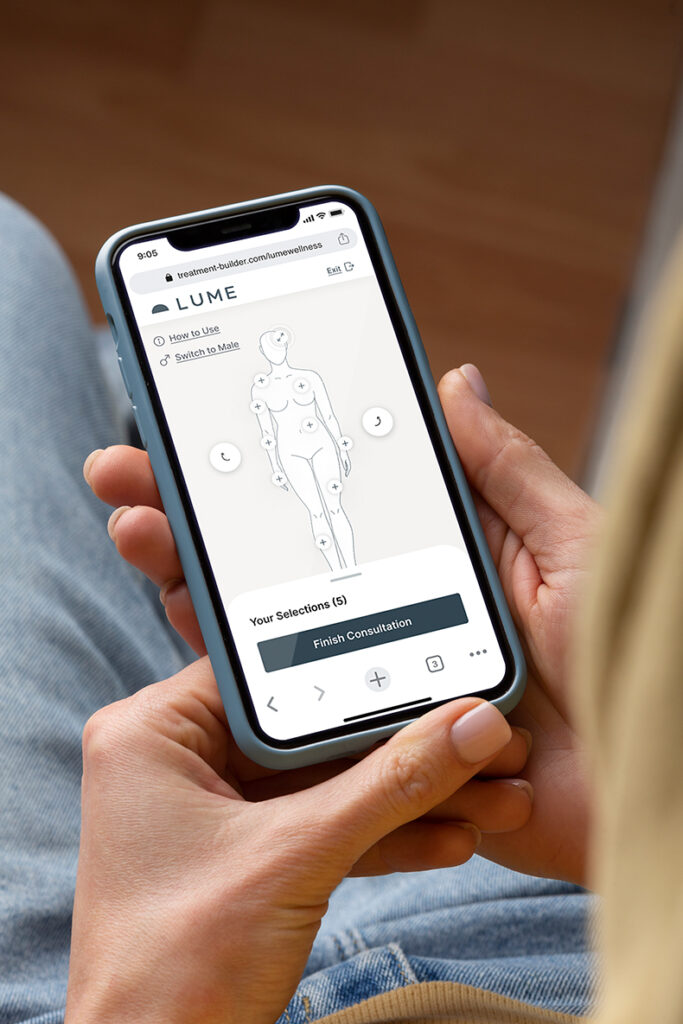
Cryotherapy is a technique that involves subjecting the body to extremely cold temperatures, purportedly offering benefits for physical health, mental wellness and overall holistic well-being. It triggers an innate anti-inflammatory reaction in response to temperature exposure ranging from -200°F to -300°F alongside releasing endorphins which consequently alleviate pain and muscle spasms.
Cryotherapy can be categorized into Whole Body Cryotherapy where the entire body excluding the head undergoes treatment or Localized Cryotherapy aimed at specific parts of the body. The medical application of this therapy was first conceptualized by Dr. Toshiro Yamauchi back in 1978 as a remedy for rheumatoid arthritis but has since seen its applications broaden over time. A typical session entails stepping inside a cryosauna; essentially a chamber filled with vaporous nitrogen whose cooling properties facilitate sessions between three to five minutes long. The extreme frigidity affects only superficial skin layers stimulating our fight-or-flight instinct causing blood vessels constriction while simultaneously drawing out excess white blood cells from redirected core-bound enriched oxygenated blood laced with anti-inflammatory proteins thereby boosting metabolic rates. Health professionals recognize multiple therapeutic merits associated with cryo-treatment including improved athletic performance resulting from enhanced recovery times plus reduced muscular discomforts affording efficient relief against chronic pains achieved through expedited collagen production inducing thermogenesis post-therapy burning fat thus calories swiftly converting “white fat” reserves into metabolically active “brown fats.” From an aesthetic perspective, it promises cellulite reduction augmented firmness along smoother textures due largely on heightened collagen levels sought after by celebrities and models alike seeking fortification against naturally declining collagen deposits commonly occurring past one’s thirties potentially reducing eczema symptoms severity as well. Emotionally speaking, repeated exposure effects hormonal responses notably elevated norepinephrine-endomorphin levels facilitating better sleep patterns whilst relieving anxiety disorders inclusive depression although not necessarily replacing alternative forms of treatments have nevertheless proven effective albeit short-term. Localized Cryotherapy in particular research findings suggest could provide relief to chronic migraine sufferers. Despite its non-invasive, palliative nature thorough investigation is still required for better understanding of cryo-treatment’s full therapeutic potential however increasing numbers are turning towards this form of therapy as an avenue providing enhanced athletic recovery benefits while minimizing inflammation and joint pains plus increased metabolic rates promoting healthier skin conditions improved sleep quality inclusive overall mood upliftment.
